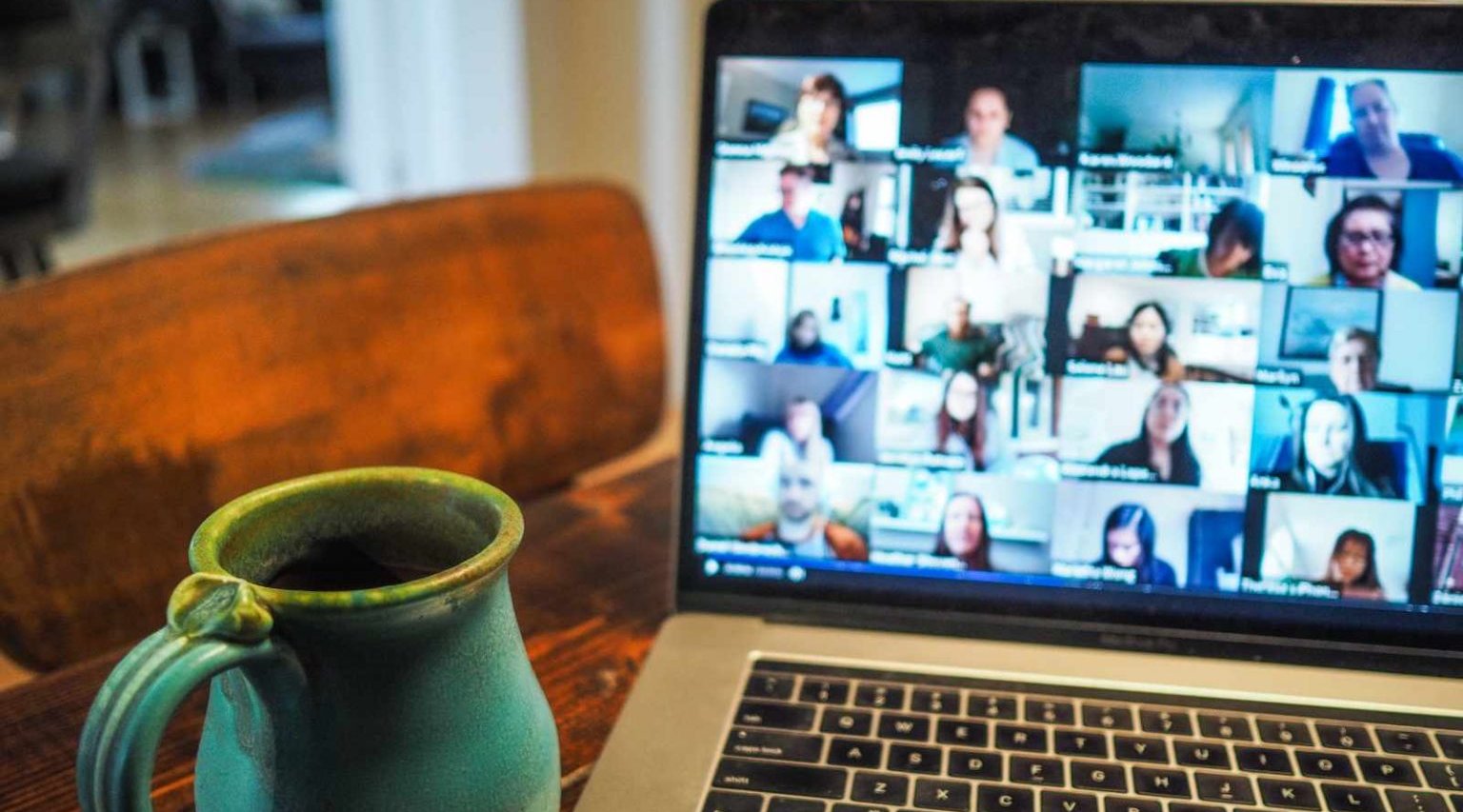Although some businesses were already highly skilled in operating remotely, for many others 2020 offered a crash course in virtual leadership. Here we reflect on some of the ways that leaders and employees have adapted to these new ways of working, and consider how businesses can foster high-performing, remote working teams.
Embracing virtual leadership
2020 was a year that taught many businesses new ways to support, engage and inspire remote employees. It challenged existing leadership styles and compelled businesses to develop the skills, technologies and processes to support teams that no longer shared a physical workspace.
According to Michael McAnearney, Gerard Daniels Founder and Director, these changes have happened on two levels. “Personally, leaders have adapted to working and leading virtually, while at a corporate level businesses have shown considerable flexibility and versatility in their leadership approach,” he says.
One of the most encouraging signs for Michael in the leadership changes we’ve seen, is that they are irreversible. “Over the past 12 months many businesses have been forced to cast aside reservations and to embrace new ways of working and leading,” says Michael. “In doing so, they have discovered that these new approaches actually work,” he continues. “People are now familiar with more flexible work practices, they’re feeling good about them and I think they’re here to stay.”
Another observation Michael makes is that alongside many examples of exceptional leadership we must also acknowledge the role of employees in business continuity too.
“Businesses have done an exceptional job in leading and supporting remote working teams, but employees have been critical to the success of these changes too, ” Michael says. “Many people have had to modify their homes and rearrrange their lives to work remotely, but despite the many impediments and restrictions employees have faced they’ve been remarkably resilient, adaptive and supportive of this change.”
Successfully leading remote working teams
One thing the pandemic has revealed about leadership, is that even when leaders can’t lead in person, they can still establish a presence that allows their influence to be felt. Here are some ways e-leaders can build a presence, and drive engagement and exceptional performance in remote working teams.
Enabling collaboration
For many businesses collaboration is a vitally important part of operatating successfully. It is also an area where significant change has occurred during 2020.
“Lifting some of the phyiscal limitations businesses often place on the way we work has created more opportunities for people to collaborate,” says Michael. “Through better collaboration businesses have been able to bring far more diverse input into these collaborative processes, and in my experience people are now coming together far more willingly too.”
Building trust
Trust is one of the most important factors in creating engaged and high-performing teams, but trust can be difficult for remote employees and e-leaders to achieve. “One of the challenges for remote teams in building trust is that it can be harder to monitor the performance and wellbeing of employees, without the transparency that comes with sharing a physical workplace,” says Michael. “Trust is also a two-way street, making it equally important for employees to have trust in their leaders.”
Communication is an important tool for building this trust within any team. Communication encourages collaboration and reduces competition between team members. It also helps remote employees to know what is expected of them, and to ensure they feel trusted and supported. Sharing personal experiences and encouraging appropriate levels of intimacy can also help to build this trust.
Creating virtual connections
Sharing a coffee; chatting with colleagues in the lift; or weekend debriefs on the walk into work – these experiences may seem trivial but they nurture social cohesion and allow vital social connections to be formed. But for employees without a shared physical workplace these connections can be harder to come by.
“During 2020 many effective e-leaders have adapted by creating new opportunities for social interaction online,” says Michael. “Virtual quiz nights, virtual happy hours, e-lunch dates and online professional networking events – these are just some of the many ways we’ve seen leaders bringing remote teams together to connect.”
To improve the performance of your remote working teams or to learn more about assessing the virtual leadership skills within your organisation, reach out to Gerard Daniels today.







